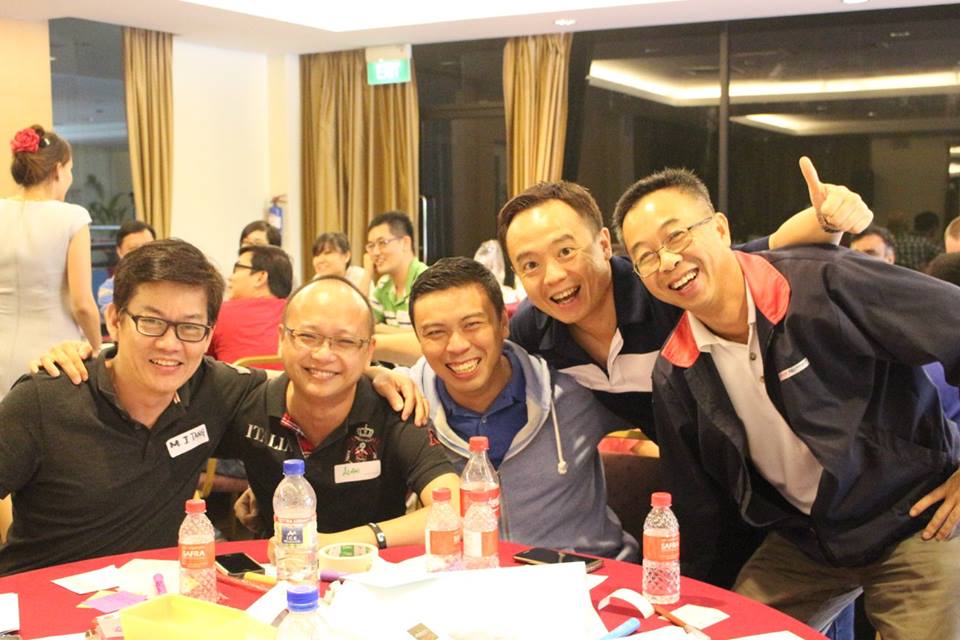
What is Group Dynamics?
Group dynamics concerns the way team members interact with each other.
Robust and healthy dynamics include the ability of the team to work efficiently and communicate with each other.
Additionally, excellent dynamics have the validity to improve on the all-round efficiency of the business and reduce conflict.
Team building activities are a great way to improve the dynamics of a group and employees can work more productively and together as a team.
Imagine if you have put together a team of the brightest members of the workforce and asked them to solve a problem.
Because you have the most intelligent people in place, you would hope for the group to come to a decision.
But there is certain to be frustration when the team holds back and is unable to come up with a joint decision.
Any group that can display positive momentum is easy to notice.
The team members rely on each other to make things happen.
They work towards a collective decision, and each of the members trusts one another and improve team performance.
Also, recent studies indicate that the team with a positive dynamic is nearly 50% more creative than the more dysfunctional group.
What factors are holding the team back?
One of the common issues relates to the team member that is overly critical of the ideas coming from other team members.
This can be very discouraging, and this fault finding stops others from speaking up.
There are also the colleagues at me rarely contribute and simply agree with what other team members have said.
Additionally, there are those team members that may make unhelpful or humorous comments. These can slow or have an adverse impact on the flow of the discussion.
Any of these situations can be classed as poor group dynamics. This has a negative impact on people’s engagement, morale and undermines the success of the project.
To build a winning team, management should actively engage employees in discussion improve morale, productivity and rates of innovation.
Team building exercises for group dynamics:
Let’s look at some of the useful tools that can be used to improve group dynamics in the workplace.
1. Games for connecting
A well-planned team building activities can build a more unified and cohesive team.
Games that help colleagues get to know one another are useful for making it easier to connect with each other.
A simple game includes each group member writing an interesting fact about themselves on a piece of paper and placing it in a hat.
Each of the other members then pulls one of the pieces of paper and tries to match the fact to the correct colleague.
2. Work together
Some of the most popular team building exercises to aid group dynamics to relate to those that develop the ability to work in unison, communicate, and gain trust.
These team exercises also help to energise your employees at work.
A simple game for working together can include giving the team necessary supplies like newspaper and tape and asking them to build a chair or bridge that can hold one of the team members for up to 60 seconds.
Our leadership training activities are designed to build leaders to emphasise the right skills. And it also improves team dynamics as well as energises the team to boost morale and improve efficiency.
